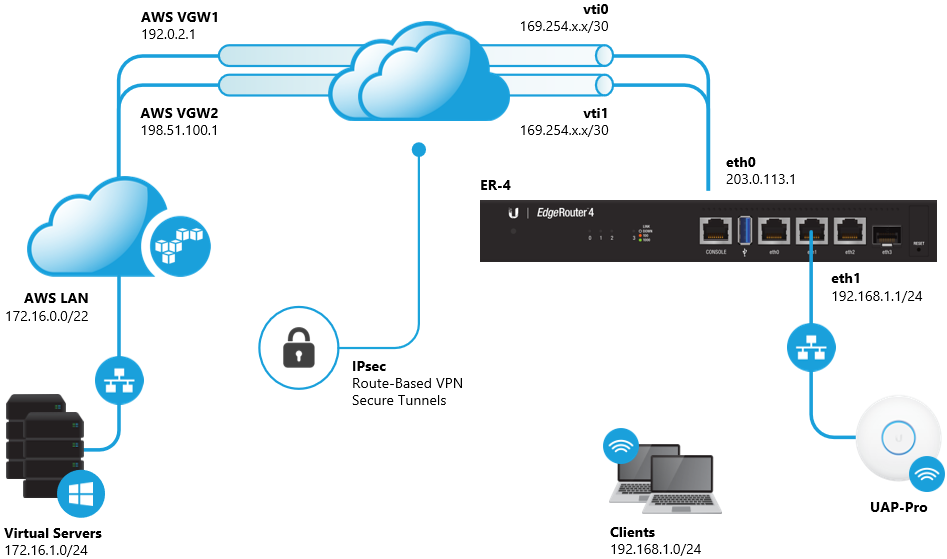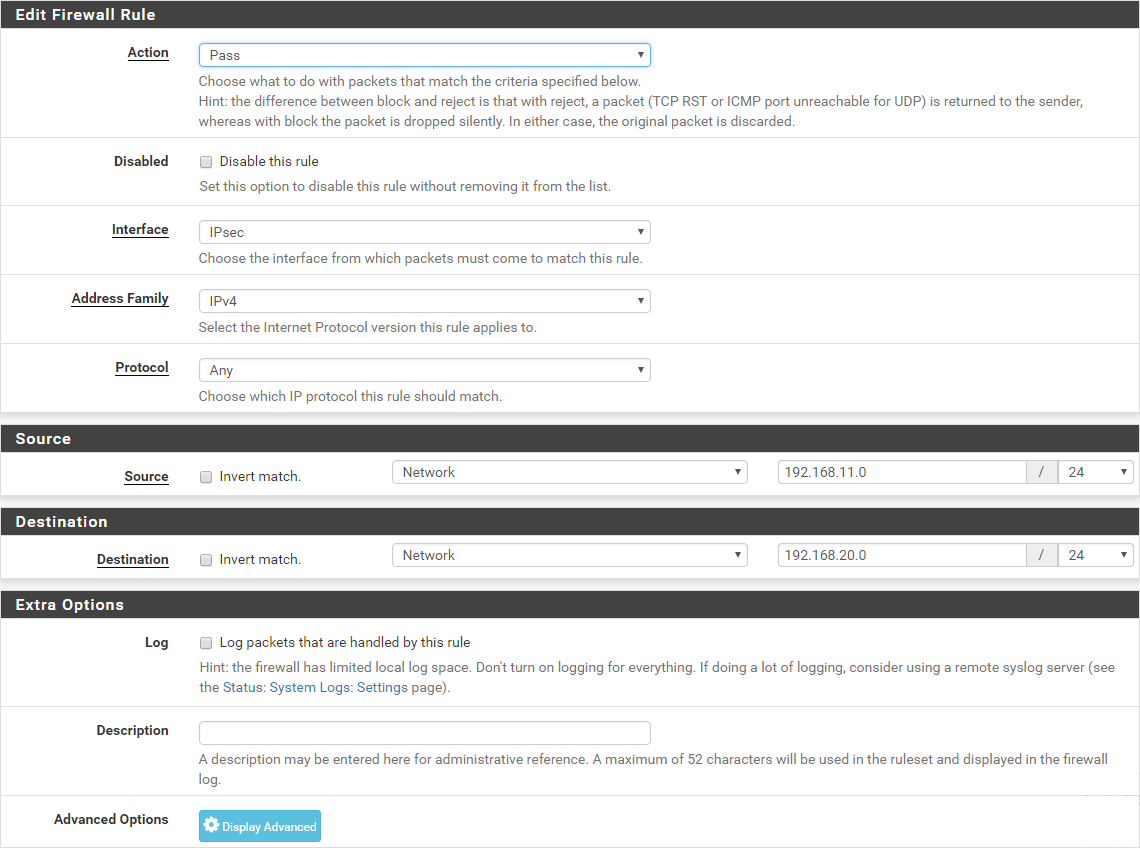
- #Edgerouter x vpn how to
- #Edgerouter x vpn serial
- #Edgerouter x vpn upgrade
- #Edgerouter x vpn download
#Edgerouter x vpn serial
Now after it reboots it has the “overlayfs” filesystem for persistent storage.Īfter the dmesg logs appear to stop, type RETURN yet again, set a root password and poweroff…įinally, quit the screen serial console by typing: Control-A Control-\ Initial Setup of OpenWrt on ER-X Note -> The sysupgrade -n option is important!
#Edgerouter x vpn upgrade
The factory initramfs-kernel image does not have the “overlayfs” filesystem, so we will upgrade to that. After the dmesg logs appear to stop, type RETURN again, you should see a login as shown below: Type RETURN and the ER-X should reboot into the factory initramfs-kernel of OpenWrt. Note -> Some OpenWRT devices work exclusively with 192.168.1.1 + 192.168.1.2 as the device + server IP addresses! 1) With the “System Load Linux to SDRAM via TFTP” chosen, you need to specify two IP addresses and the name of the TFTP filename openwrt.bin, as show above.

Tip -> if you are too slow and missed the prompt, power down the ER-X and try again. Next, connect power to the ER-X and within a few seconds you must type 1 at the prompt shown below: Now connect to the ER-X serial console by issuing the command:
#Edgerouter x vpn download
With /mnt/kd/phoneprov available, issue the following commands to download two OpenWrt flash images:Ĭurl -o /mnt/kd/phoneprov/sysupgrade.tar '' Only if /mnt/kd/phoneprov does not exist, perform: Note -> If the directory /mnt/kd/phoneprov does not exist, you need to create it and re-init lighttpd. Do not connect to the +3.3V pin on the ER-X.Ĭonnect the “USB-to-TTL Serial Cable” to a USB port on AstLinux. It is assumed the 1st LAN network of AstLinux is 192.168.101.1/24, adjust accordingly below if yours is different.Ĭonnect the ER-X eth0 port to the AstLinux LAN 192.168.101.1/24 network (yellow cable).Ĭarefully connect the TX, RX and GND pins to the ER-X as shown below. You also want the individual pins to be separate not molded together. A FTDI chipset is preferred, but a Prolific-PL2303 should also work. Tip -> AstLinux is not required here, you could use macOS, Linux, or even Windows to do the same, but using AstLinux makes sense as you probably have one laying around and are familiar with it.Īlso required is a “USB-to-TTL Serial Cable” commonly used with development boards like the Raspberry Pi, BeagleBone Black, Arduino, etc. It is assumed an AstLinux box is available for serving the OpenWrt firmware images.
#Edgerouter x vpn how to
The rest of this documentation describes how to install the current release of OpenWrt 18.06.1 on a Ubiquiti Networks EdgeRouter-X (ER-X). It could be said that the EdgeRouter-X with OpenWrt and the WireGuard VPN in the kernel is an ideal solution for a remote VPN endpoint. Quite reasonable for a 32-bit, 880 MHz CPU. The current standard 18.06.1 release performs NAT routing at near 1 Gbps line speed, and WireGuard VPN performance at around 180 Mbps. The WireGuard VPN is currently available for EdgeOS as a third-party b package found here: vyatta-wireguard.Īlternatively, the OpenWrt Project offers firmware specifically built for the EdgeRouter-X with impressive performance.


The default EdgeRouter-X firmware is EdgeOS, documentation found here: EdgeOS User Guide.

Since the EdgeRouter-X is not x86 hardware, AstLinux will not run on it. Additionally, the EdgeRouter-X is less-than-half the cost of the least expensive multi-NIC x86 system required to run AstLinux. While similarly priced to a Raspberry Pi complete system, the EdgeRouter-X has quality hardware designed for networking, including a built-in 5-port Gbit ethernet switch. Quite often AstLinux is the best solution … familiarity, full-system firmware upgrades, and if true, you can quit reading any further.Īs an alternative for a remote VPN endpoint, the Ubiquiti Networks EdgeRouter-X occupies a special sweet-spot of quality hardware and low price (currently, January 2019). AstLinux supports many different x86 (32-bit and 64-bit) hardware devices, so when a remote VPN endpoint is desired in your AstLinux constellation it makes sense to first consider yet another AstLinux solution.


 0 kommentar(er)
0 kommentar(er)
